Inside The Story of the Zong Slave Ship: A Massacre Conducted For An Insurance Claim
The story of the Zong Massacre
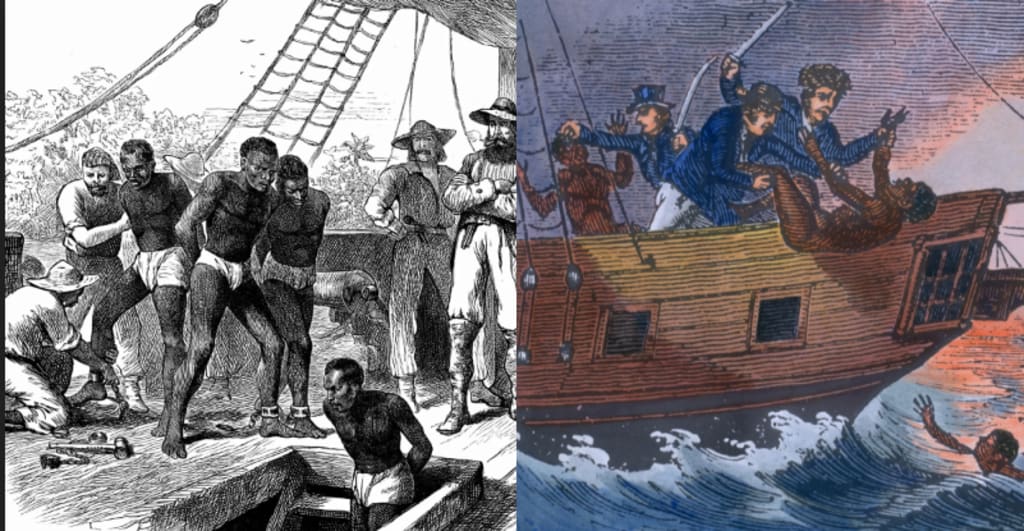
The Zong, a British slave ship, departed from Ghana in August 1781 with 442 slaves on board, which was twice its intended capacity, and was en route to Jamaica. Allegedly, the crew threw over 130 live slaves into the sea, claiming that they were running out of water due to navigational errors that caused a delay in reaching their destination.
However, there is uncertainty surrounding the truth of this explanation, as evidence suggests that rain provided enough water for the ship.
It was common for ship owners to insure their "cargo" of enslaved people, and in this case, the owners made a claim for compensation when news of the massacre reached England. The insurers refused to pay, and the ship owners took them to court.
Zong the Ship
The Zong was just one of numerous ships that transported slaves from Africa across the Atlantic Ocean.
Slave trader William Gregson purchased the Dutch ship Zong in 1781, which started its ill-fated journey that August. The ship was designed to carry fewer passengers, but it departed from Accra to Jamaica with 442 enslaved Africans on board, more than twice its intended capacity.
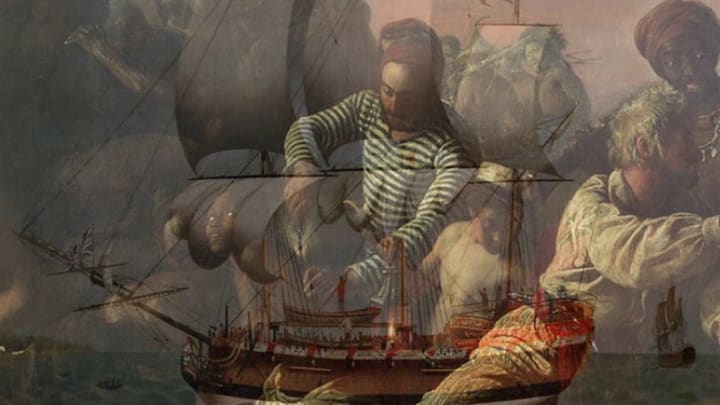
Similar to other slave ships, the slaves on Zong were tightly packed below deck, which resulted in the rapid spread of illness. Two months after setting sail, the Zong Massacre occurred as the crew, facing sickness and setbacks, became aware of their dwindling water supply.
Event That led to The Massacre
Around November 27th of that year, the crew of the Zong spotted what they believed to be the French colony of Saint-Domingue on the island of Hispaniola at a distance of 31 miles away, but it was actually Jamaica.
The ship kept going west, leaving Jamaica behind, and only realized they had made a mistake when they were 300 miles away from the island. By this point, overcrowding, malnutrition, accidents, and disease had already caused the deaths of several sailors and roughly 62 enslaved Africans.
To make matters worse there was only enough water left for four days, and Jamaica was still 10 to 13 sailing days away.
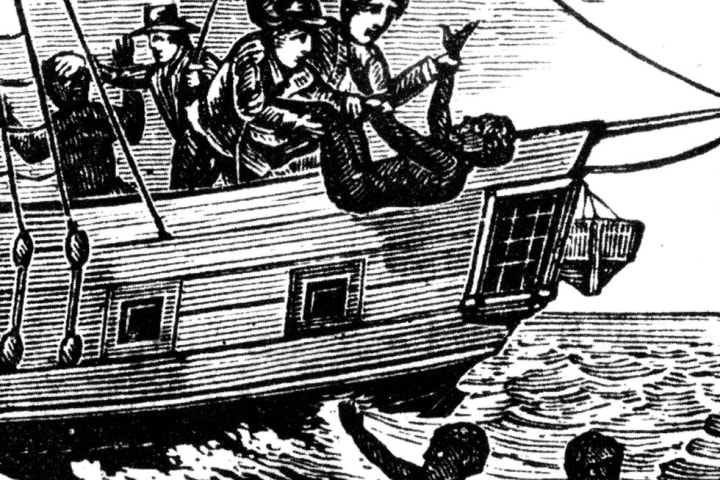
If any of the slaves died from natural causes while at sea, insurance policy on their heads could not be claimed. However, if some of the enslaved individuals were thrown overboard to preserve the rest of the "cargo" or the ship, a claim could be made under "general average". This principle dictates that a captain who discards part of their cargo to save the rest can seek reimbursement for the loss from their insurers. The Zong's insurance policy covered the loss of each enslaved individual at a rate of £30 per person.
On November 29th, the crew agreed to throw some of the slaves into the sea, this was their way of ensuring their insurance payouts. On the same day, the crew threw 54 women and children overboard through the cabin windows, and on December 1st, they disposed of 42 male slaves into the sea, with 36 more being thrown overboard in the following days.
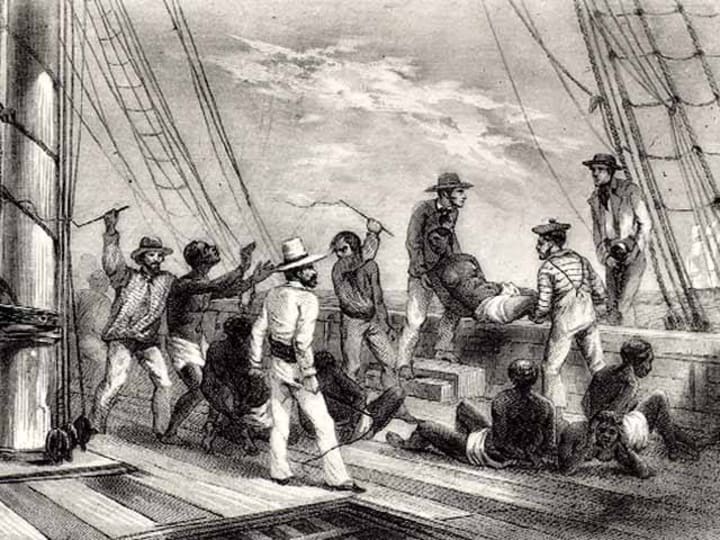
Additionally, 10 enslaved individuals chose to end their lives by jumping into the water as an act of resistance against the cruelty of their captors.
In total, 142 enslaved individuals lost their lives before the ship arrived in Jamaica on December 22nd.
Zong arrived at Black River, Jamaica on December 22nd, 1781, with only 208 enslaved individuals remaining on board, which was less than half of the original number taken from Africa.
Legal Consequences of the Massacre
William Gregson viewed the enslaved Africans as commodities rather than human beings. In order to recover his financial losses, he submitted an insurance claim, contending that a navigational mistake had left the ship's crew with no choice but to dispose of many captive Africans to save the rest.
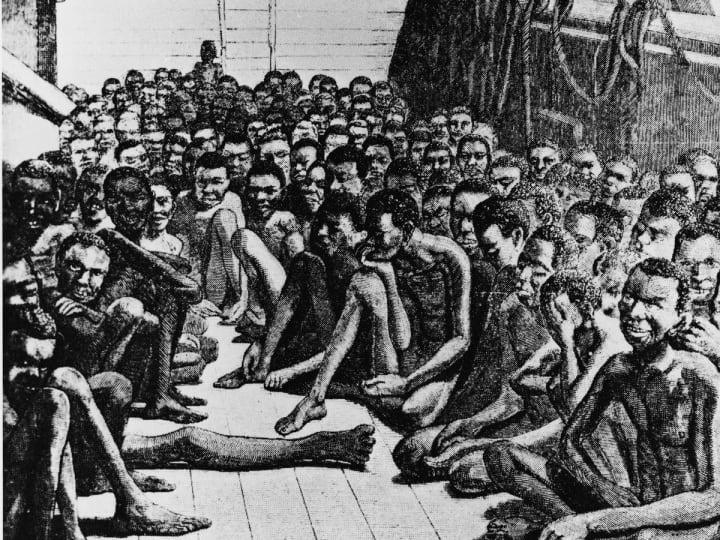
However, his insurers refused to pay, prompting Gregson to take them to court. He emerged victorious, as the court recognized that the murdered captives were equivalent to lost cargo. Nonetheless, when the insurers challenged the decision by appealing, asserting that the crew was at fault but not guilty of murder, the case was brought before the British judge Lord Mansfield.
“The case of the slaves was the same as if horses had been thrown overboard,” Mansfield noted. “It is a very shocking case…”
No charges were brought against the crew for their actions.
References:
The story of the Zong slave ship: a mass murder masquerading as an insurance claim
The Zong Massacre: what the dark episode meant for the British slave trade and abolition
About the Creator
Rare Stories
Our goal is to give you stories that will have you hooked.
This is an extension of the Quora space: Rare Stories
X(formerly Twitter): Scarce Stories
Official Bookstore: davidkellertruecrime
Writers:
....xoxo
Enjoyed the story? Support the Creator.
Subscribe for free to receive all their stories in your feed. You could also pledge your support or give them a one-off tip, letting them know you appreciate their work.






Comments
There are no comments for this story
Be the first to respond and start the conversation.